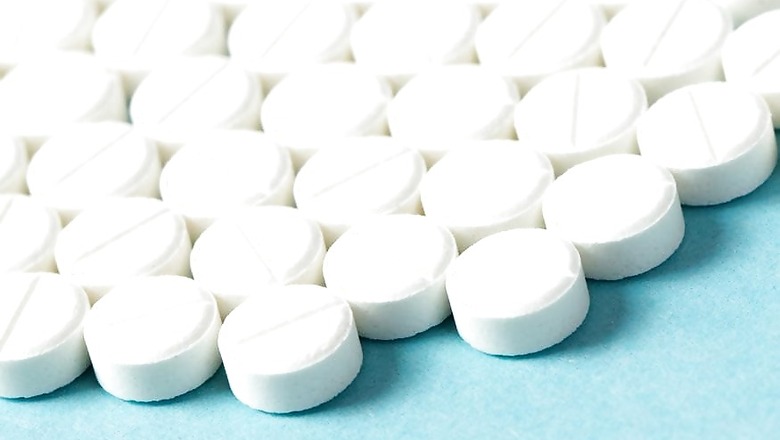
views
In a new study that delves deep into understanding the sedative effects of antipsychotic drug Clozapine, researchers have shown that sedation can be reduced by stimulating an organism simply by introducing something novel or new into its environment.
Antipsychotic drugs are used for the treatment of mental illnesses such as bipolar disorder and schizophrenia. Unfortunately, sedation or sleepiness is a common side-effect of these drugs, which makes a patient's recovery difficult.
A new study from the National Centre for Biological Sciences (NCBS), Bengaluru, on the antipsychotic drug Clozapine, unravels what causes the sedation and how this side-effect can be modulated without more medication.
The work by Radhika Joshi from Mitradas Panicker's group at NCBS has proven that the molecule 5-HT2A in the brain is partially responsible for the sedative effects of Clozapine. The team has also discovered that the drug-induced sedation can be affected by environmental factors.
Joshi, in collaboration with Rupasri Ain and co-workers, generated and characterised a genetically modified mice to test if the 5-HT2A receptor was involved in the sedative side effects of Clozapine.
"While most work on drugs focuses on improving their therapeutic effects, side-effects are often ignored -- and sometimes side-effects can be severe enough to result in non-compliance and require secondary medication. Our observations indicated that the environment can modulate the side-effect of an antipsychotic. This has not been reported before, and so we investigated," Joshi said.
Further investigations also revealed that Clozapine sedation could be reduced if the mice were given caffeine before the drug.
"We believe that a novel environment is often stimulating to organisms and this stimulation helps overcome the sedation induced by an antipsychotic, as does caffeine," said Joshi.
At the same time, she advises caution in interpreting the results of this study. "Our experiments were conducted on mice and a direct extrapolation to human contexts must be done with utmost caution," she said.
"Our results are one of the first few steps towards designing of drugs that are safer and with lesser side effects though a lot more work is needed before we can expect better drugs, we are getting there," she added.
The study is published in the journal European Neuropsychopharmacology.



















Comments
0 comment